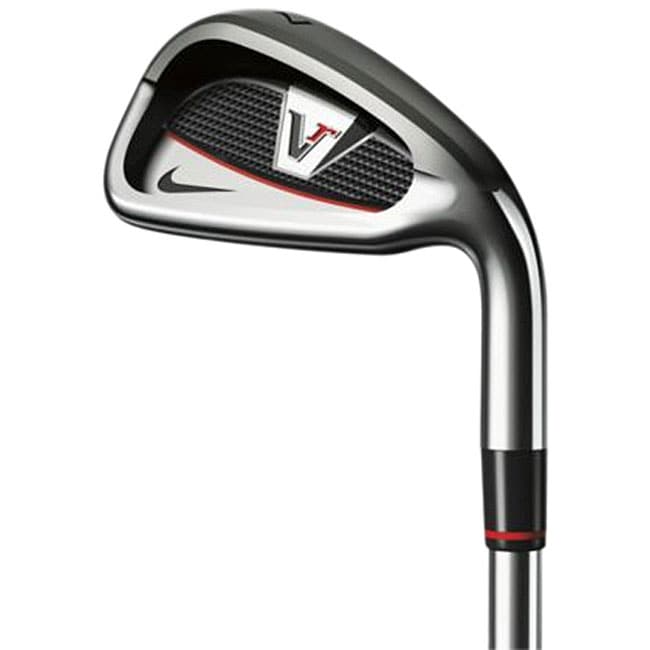

With True Temper Dynalite 110 shafts, the VR Pro Cavity irons have a solid, substantial feel. The blade width is slightly thinner than the X20 Tours I currently play, but had enough mass to provide plenty of reassurance. The Opti-Mass Weighting is subtly concealed in the cavity making the clubs look much more traditional than many of today’s gaudy irons. The address view is one of classic lines. Weighted inserts are nothing new, but Nike is really on to something by gradually reducing the impact to control the club’s CG - a little added pop on the long irons, much-needed feel with the scoring irons. No more skying wedges, or hitting 5-irons so low your buddies have the hit the dirt. Meaning, the ball flight apex for each club is closer together (don’t read the same, think in more gradual terms). Through the use of a tungsten-resin inserts, the center of gravity (CG) is adjusted specifically for each club. To accomplish this, Nike created Opti-Mass Weighting. With clean lines and technology to help even out your ball flight, the Nike VR Pro Cavity $700 looks to be another winner.
#Nike vr pro blades review driver#
Last year Nike Golf finally “got it” and produced some amazing offerings in the driver and putter category. Why exactly? I never felt it, and given that it was a frosty 33 degrees during my test, that’s saying a lot. I knew as I watched the buttery smooth baby fade that I was happy, very happy. For this author, it came on my first swing with the 4-iron.

There is a moment during club testing when you know: love ’em, hate ’em, or total indifference.


 0 kommentar(er)
0 kommentar(er)
